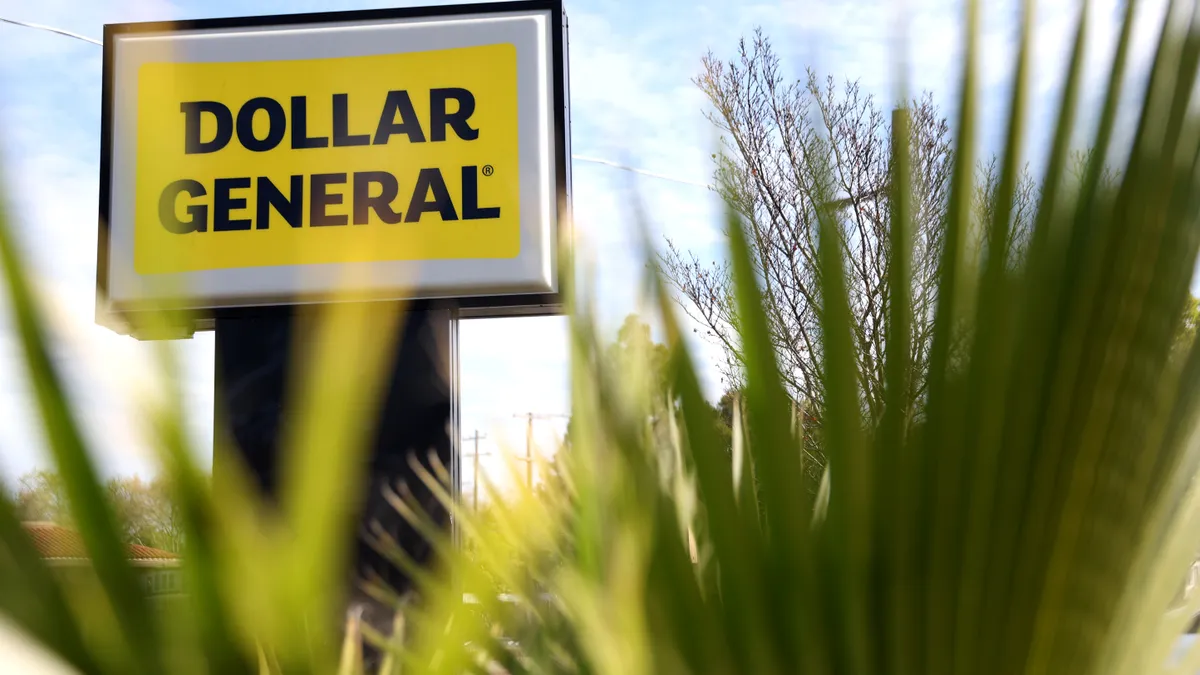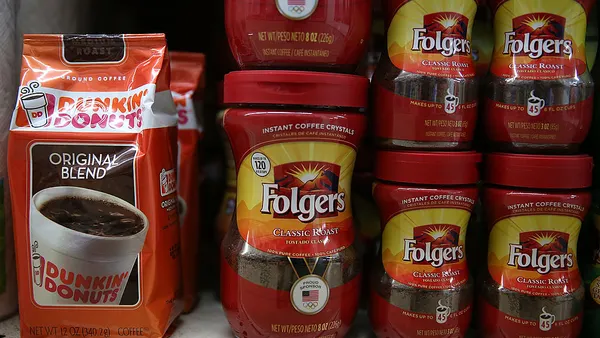Dive Brief:
- Procter & Gamble is using alternate suppliers and reformulating products as it combats rising inflation and works to keep shelves stocked, CFO Andre Schulten said in an earnings call Tuesday.
- The consumer products giant has been relying on back-up suppliers over the last few months in the case of shortages or when shipping delays prevent materials from making it to their destinations on time. Schulten said the move to reformulate some products will not affect "the superiority of the product" or have "any noticeable impact to the consumer."
- P&G will continue to shift suppliers going forward as it's allowed the company to "optimize costs to a degree," Schulten said. But the maker of Olay and Crest hasn't been completely immune to supply chain disruption, announcing new price hikes in categories like oral and skin care to combat rising inflation.
Dive Insight:
A global supplier base has allowed companies to quickly respond to supply chain disruptions while minimizing the impact to their bottom lines. P&G has avoided the effects of the current energy crisis in China, for example, because of its ability to rely on alternate suppliers.
"When you think about our ability to potentially source from other regions for a period of time, most of our factories are able to run formula carts and run products for other regions, which gives us flexibility on our footprint to overcome short-term challenges," said Schulten.
Other companies say maintaining relationships with suppliers from around the globe have been instrumental in avoiding shortages and insulating themselves from rising costs of materials. Levi's sourcing spans 24 countries and the retailer doesn't source more than 20% of a product in one country, CEO Chip Bergh said on an earnings call this month.
Levi's also cross-sources key products. More than 50% of its jeans volume is approved for production with suppliers in at least two different source companies, according to Bergh.
"We did this to avoid concentrations to be less exposed to bottlenecks in production capacity," Bergh said on earnings call this month. The moves have allowed them to be less exposed to recent factory shutdowns in Vietnam that sent other retailers scrambling for alternative suppliers. Under Armour, which sources a third of its product from Vietnam, experienced product delays in the wake of shutdowns.
Maintaining a global supplier base, however, requires an incredible amount of visibility into supplier operations to anticipate potential disruptions ahead of time. P&G, for example, "looks around the corner, anticipates potential bottlenecks, and then chooses to build inventory," Schulten said.
Still, companies relying on multiple suppliers have a certain amount of flexibility when supply chain breakdowns do happen. That's allowed them to better shield themselves from the impacts of COVID-19 outbreaks, extreme weather events and other supply disruptions happening throughout the world.
"The strength of our supply chains is mainly driven by the flexibility that we can create within those supply chains," said Schulten.















